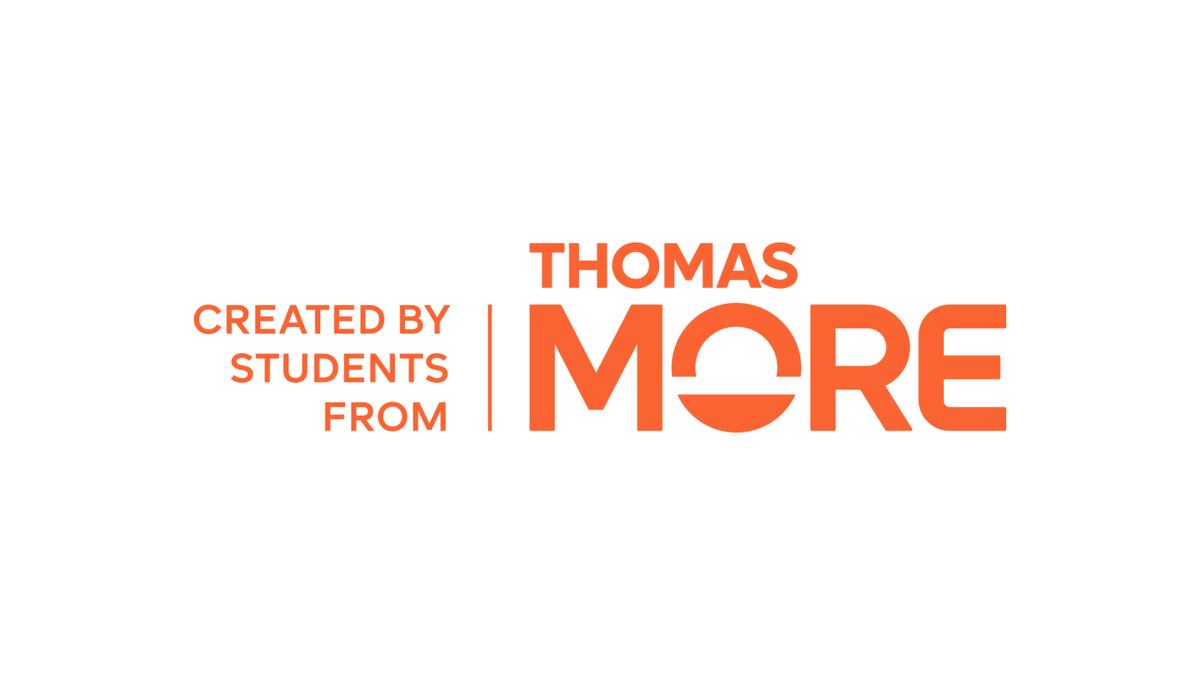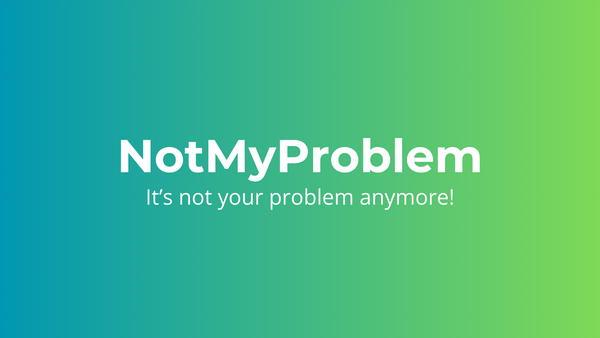Digital Innovation Cloud Server - Thomas More
Explore how Jonas Claes set up a Digital Innovation cloud server for Thomas More. This server hosts applications, test cases, and virtual machines, supporting file sharing and high availability. The implementation involved hardware configuration, Proxmox installation, and Nextcloud setup.

What is the Digital Innovation Cloud Server?
The Digital Innovation cloud server is a professional rack server that our study program (Digital Innovation), was donated. With this server we would like to run applications from our study program . In addition, this server also serves to set up test cases and run virtual machines.
About the assignment
This assignment was quite broad. The intention was mainly to set up a file sharing server, for that reason we put in a lot of storage. After some thinking and discussion with Jochen Mariën, the project owner, we expanded the scope so that we could run virtual machines on this, this has some advantages. For example, Digital Innovation students can request their own virtual machine to test things on or show them to customers. In addition, we can build a cluster with multiple servers which will allow us to obtain high availability.
Implementation
I started by completely cleaning the server and putting new cooling paste on the processors. Then I removed all the hard drive trays from the server, and inserted new drives. During the first boot, I created a RAID volume from these disks. In total we have 6 disks, 4 of them are a RAID group for data, and 2 of them are a RAID 1 group for the operating system and faster storage since these 2 disks are 10K SAS disks.
After the BIOS and RAID controller settings were done, I installed Proxmox Community Edition on this server using a USB stick. After this I did some testing with Proxmox and clustering. After I got everything working I informed Jochen to go and place the server in the data center.
For this I contacted Gunther Van Landeghem, a colleague with access to the ITF data center, and passed on which ports we should have open to the server. Basically, this should only be SSH, since we can reach all ports through an SSH tunnel. If students want to run a web service, they can use Cloudflare to set up a free tunnel, this works from inside to outside.
On the day we placed the server in the data center, I did some more configuration and we discussed possible IP ranges. In addition, we immediately installed Nextcloud so we have our own file sharing application.




